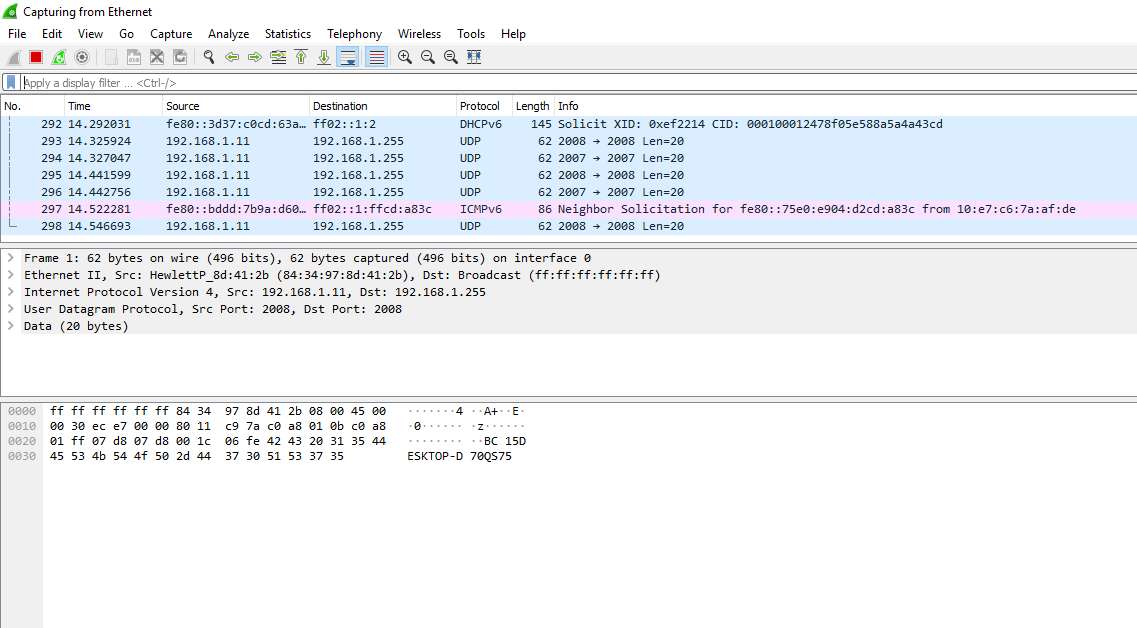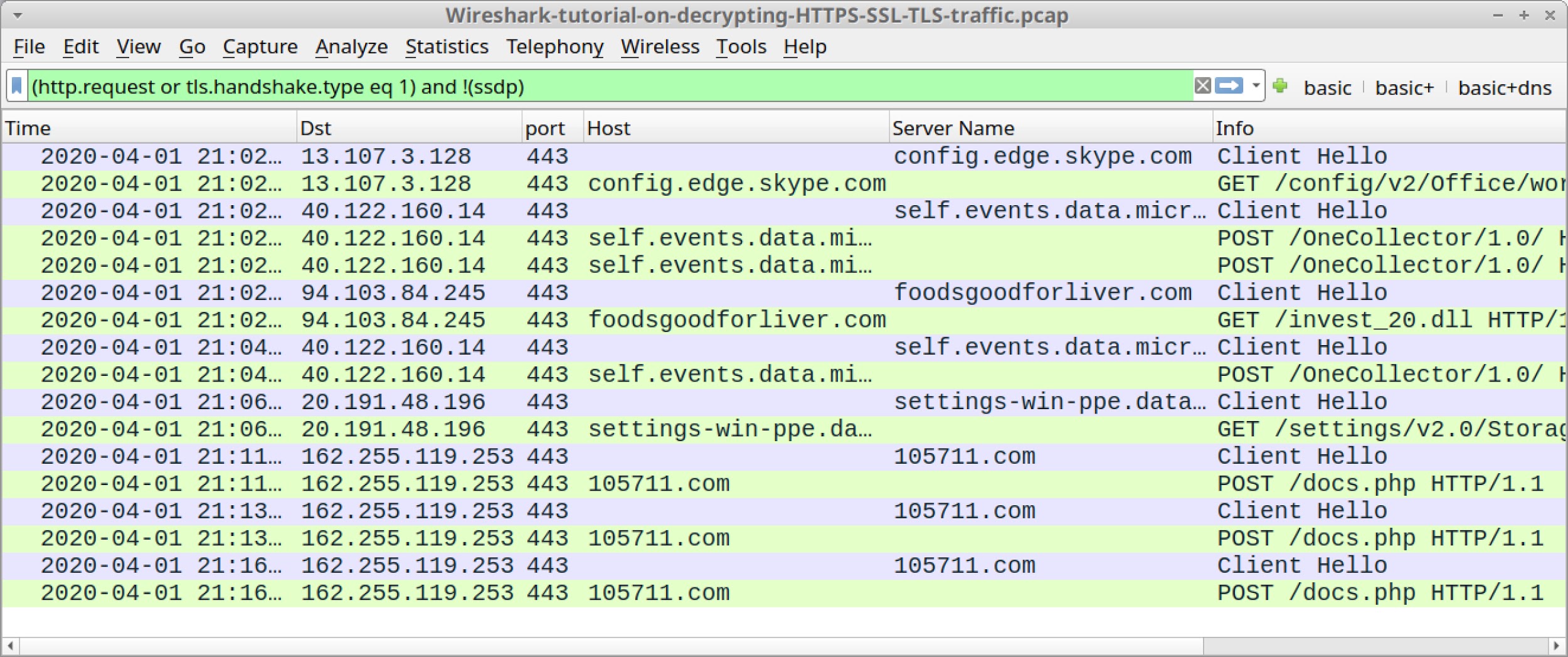

There is a risk of infection if using a Windows computer. Warning: Some of the pcaps used for this tutorial contain Windows-based malware. You will need to access a GitHub repository with ZIP archives containing the pcaps used for this tutorial. Note: These instructions assume you have customized Wireshark as described in our previous Wireshark tutorial about customizing the column display. Today’s Wireshark tutorial reviews recent Emotet activity and provides some helpful tips on identifying this malware based on traffic analysis. It has since evolved with additional functions such as a dropper, distributing other malware families like Gootkit, IcedID, Qakbot and Trickbot. Familiarity with Wireshark is necessary to understand this tutorial, which focuses on Wireshark version 3.x.Įmotet is an information-stealer first reported in 2014 as banking malware.

You should be received all traffic from your network card, it is possible to filter the IAP traffic with following display fitler : udp.This tutorial is designed for security professionals who investigate suspicious network activity and review packet captures (pcaps). Set the UDP port configured in IAP ( 5555) and select also the format of captured packets (in my example, pcap (type 0))


Now launch Wireshark and go to the preference format is the format of packet send to the computer (there is pcap, peek, airmagnet, pcap radio or ppi, see after for recommended value)Ībout format, actually airmagnet format is not yet support by Wireshark, it is recommended to use pcap for simple remote, if you need radio info use PPI or pcap radio format.UDPPort is the UDP Port where the packet is send to the computer (use 5555).the address IP of computer with Wireshark.In my example, the BSSID is 24:de:c6:8b:12:20 In WLAN Interface, there is the list of BSSID (one for 80211b/g and one for 80211/a/n/ac) Search the BSSID for access point using show ap monitor status command. It is the same login and password like web administration page a computer with Wireshark (> 1.11.3 !) available here.a IAP (recommanded IAP225, if you when sniffing 802.11ac).With new 802.11ac standard, there is no yet airpcap available for make pcap trace !īut with Aruba IAP, it is possible to use IAP for remote pcap ! with Wireshark (it is also possible with Aruba Controller !) When there is same problem with Wireless Network, it is sometime needed to have same pcap trace for troubleshooting !


 0 kommentar(er)
0 kommentar(er)
